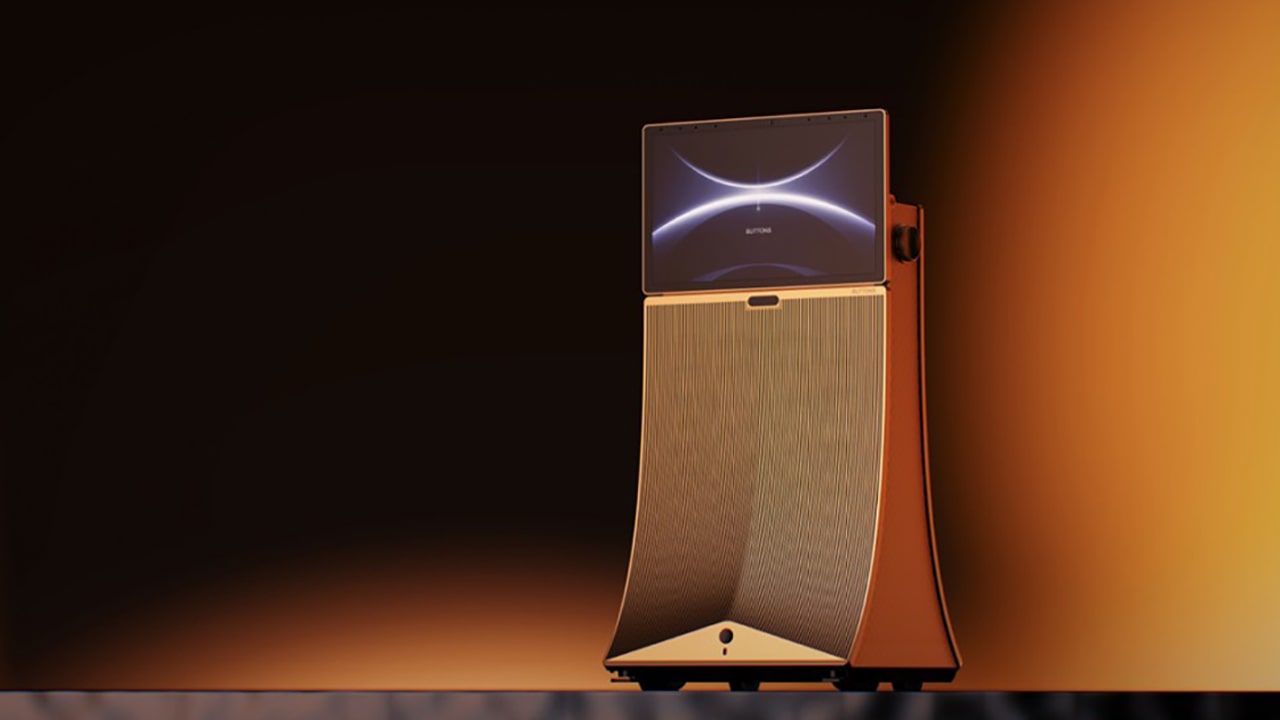Buttons, a luxury tech brand, has launched its latest product, the Solemate smart audiovisual robot, marking its first hardware device powered by Hali, an artificial intelligence agent developed by Terminus.
First introduced in November last year, Hali has evolved from a digital assistant into what the company calls a “life collaborator,” equipped with spatial awareness and physical interaction capabilities.

Hali is built on a three-dimensional semantic memory model that links information such as object locations, events, and retrieval tasks to spatial coordinates and environmental context. This design reportedly enhances the intuitiveness and accuracy of information recall while enabling the AI to reason through an internal world model.
As the core of user interaction, Hali can perceive and process user requests in real time. Unlike legacy systems that rely on wake words or app-based triggers, Hali interprets a user’s position, intent, and surroundings as contextual cues for engagement. In practice, intelligent services no longer need to be summoned, activating proactively and seamlessly through spatial understanding.
Operationally, Hali first uses its edge model to analyze user intent and decompose tasks. At the planning level, it coordinates resources, devices, and actions across space and time. It recognizes home layouts, user movement patterns, and environmental changes, then preprocesses and encrypts data locally through its edge chips. The system collaborates with multiple domain-specific agents via cloud scheduling to complete complex tasks.
A GPU server cluster at Terminus’ Xuzhou computing center handles large-scale collaborative computation, powered by a hybrid intelligent computing engine that dynamically manages task distribution. Meanwhile, Terminus’s cloud-based large model performs path planning to help the robot avoid obstacles and navigate accurately. Vision-language models identify targets, while large language models generate execution strategies that are sent back to the device for decision-making and response.
Supported by Terminus’s Xuzhou computing resources, these processes are completed within seconds. To address the challenges of integrating different chip architectures, the company’s AIoT (artificial intelligence-of-things) computing platform has created a unified abstraction layer that connects multiple operator libraries across architectures. It also provides an end-to-end toolchain compatible with various inference and training frameworks, allowing models to run efficiently on heterogeneous computing infrastructure and significantly improving both inference and training performance.
Shao Ling, chief AI officer and global president of Terminus, noted that specialized AI agents remain limited to their respective domains. “They lack the ability to transfer learning across fields or handle new types of problems. Most operate purely in the digital world, without spatial perception or direct interaction with the physical environment,” he said.
According to Shao, the next key step is to achieve a closed loop of perception, reasoning, and action in the physical world. “A truly general intelligent agent must perceive the geometric structure and dynamic changes of the three-dimensional world, reason about spatial relationships, physical laws, and causal chains of actions, and ultimately act safely and effectively to influence the real world,” he said.
KrASIA Connection features translated and adapted content that was originally published by 36Kr. This article was written by Huang Nan for 36Kr.
